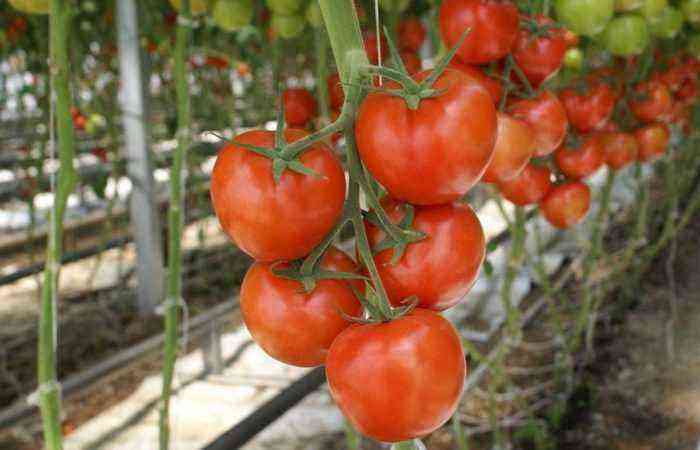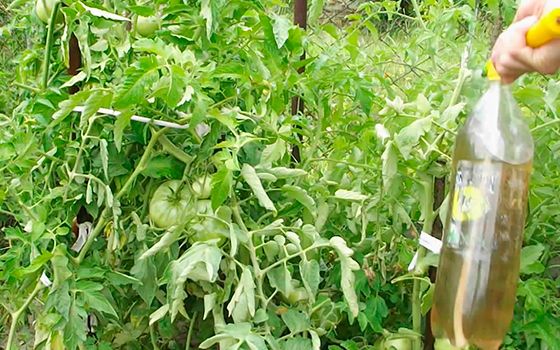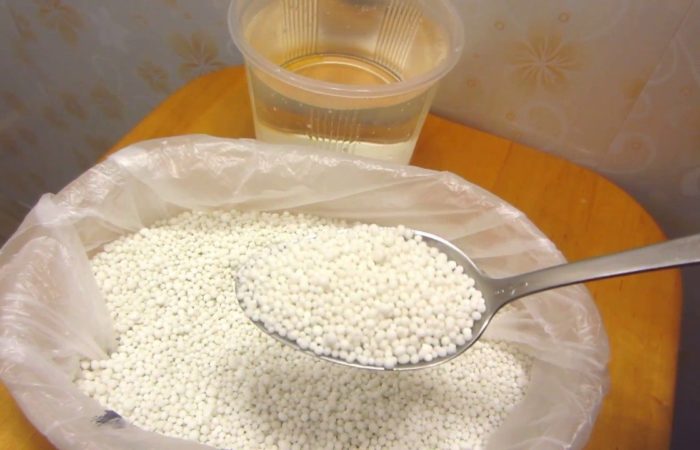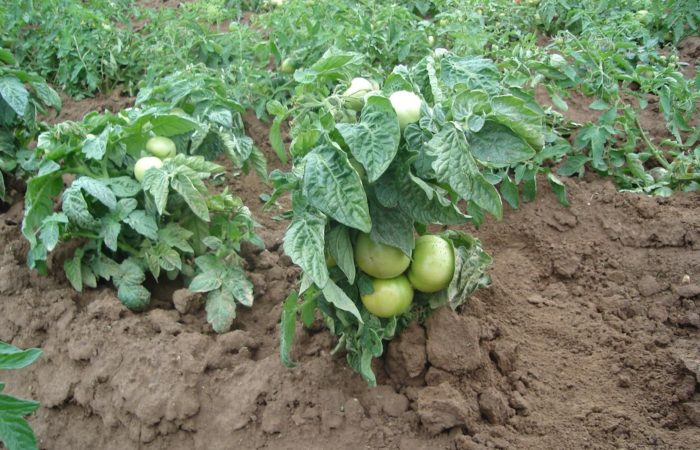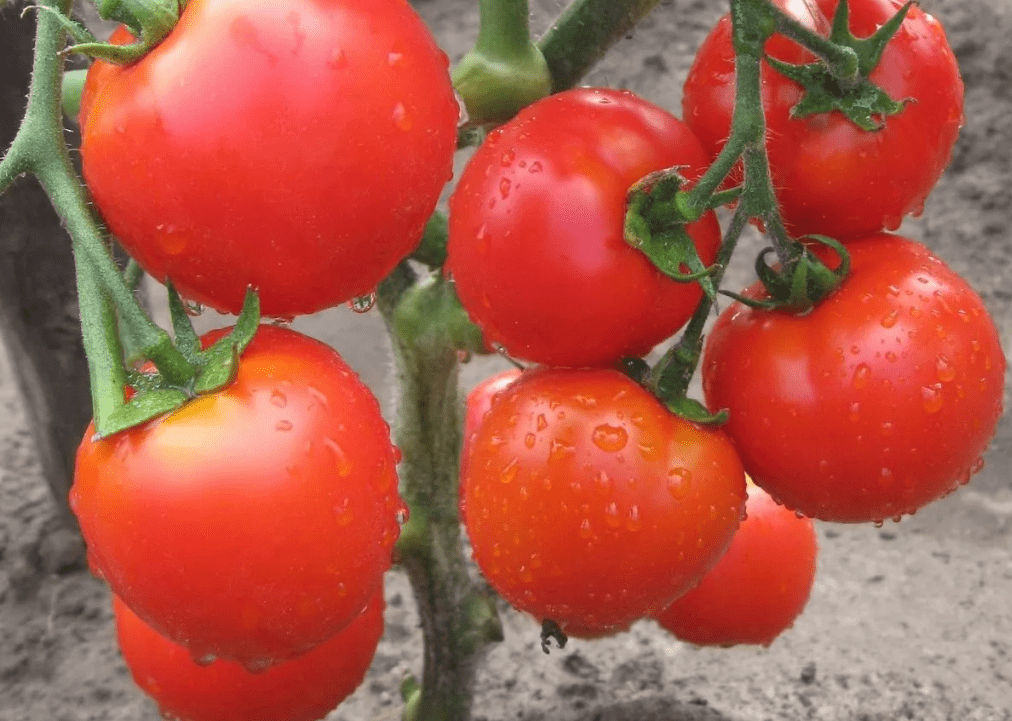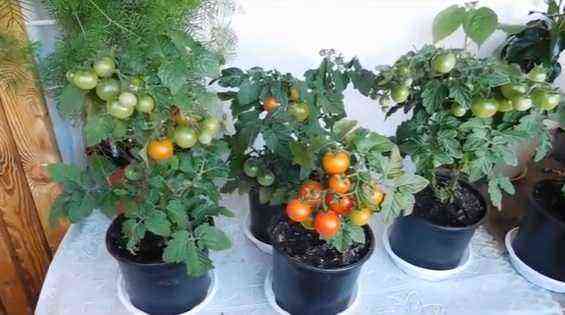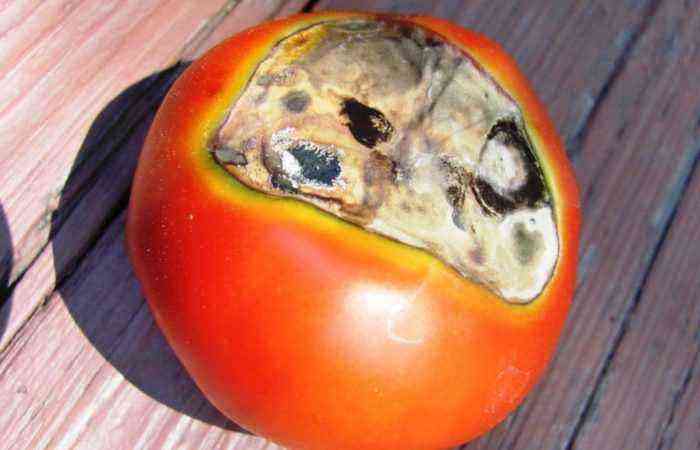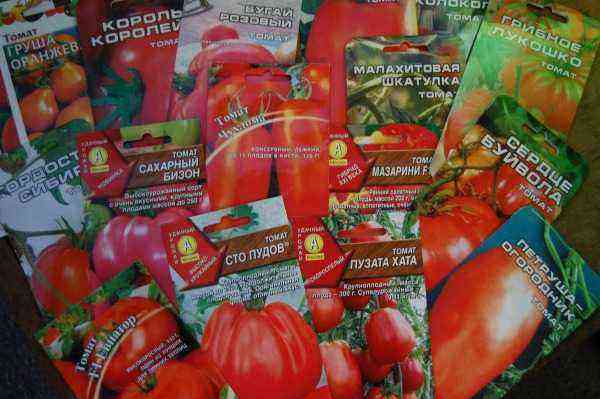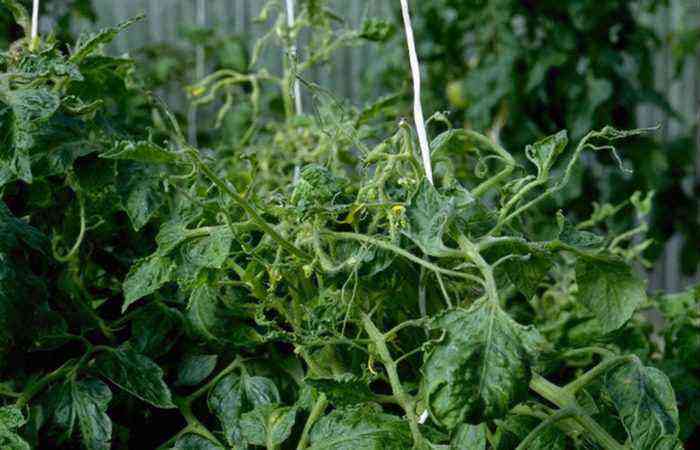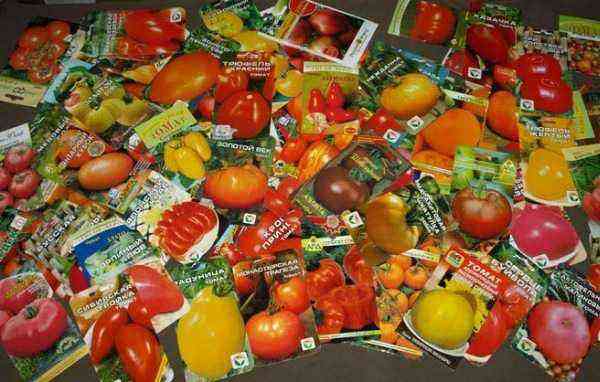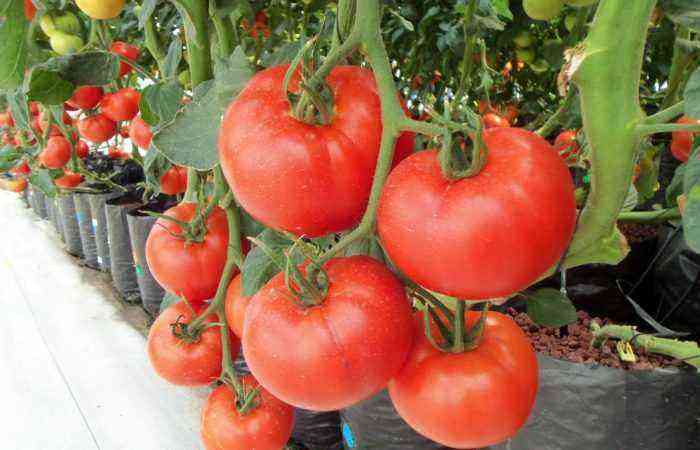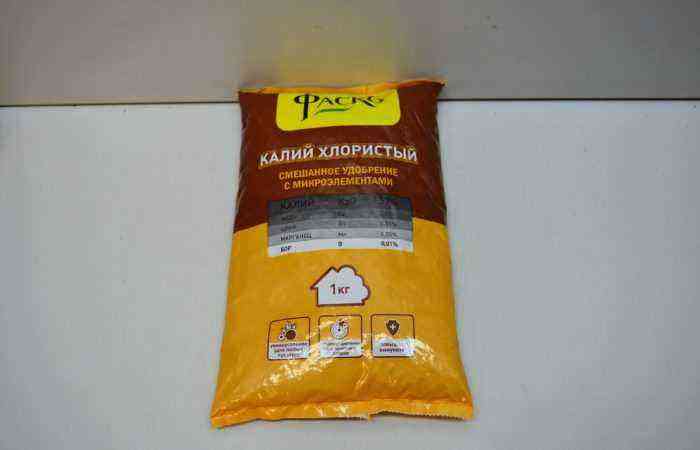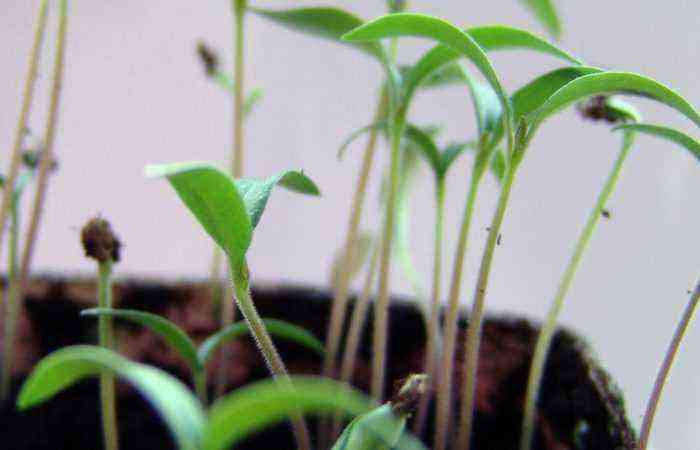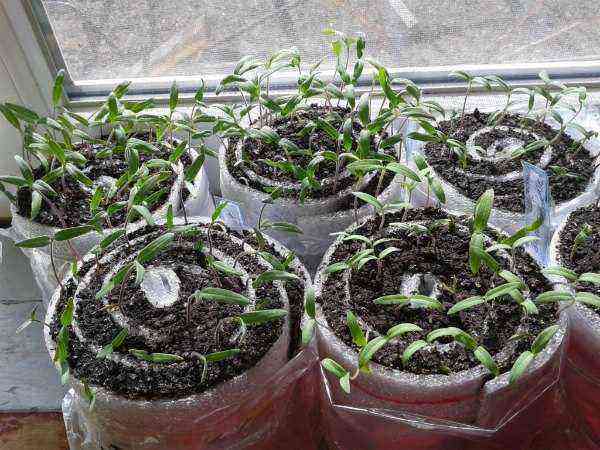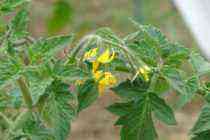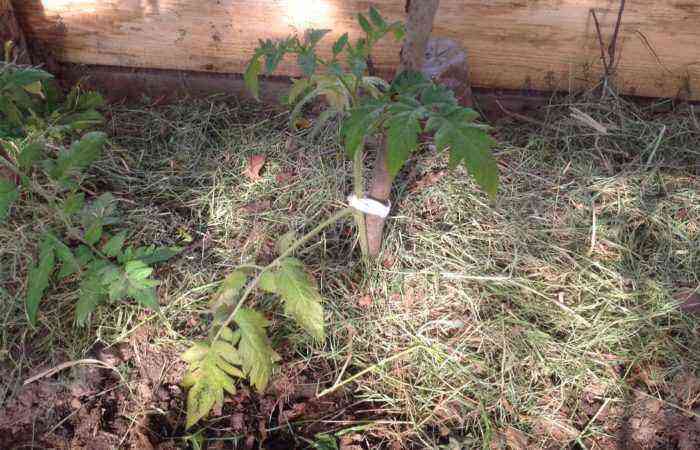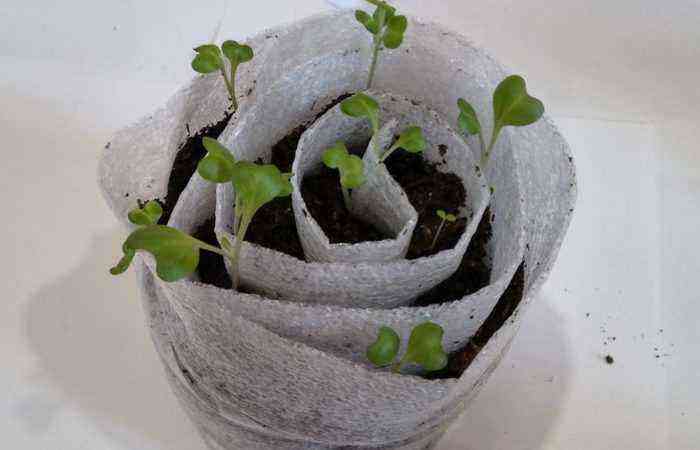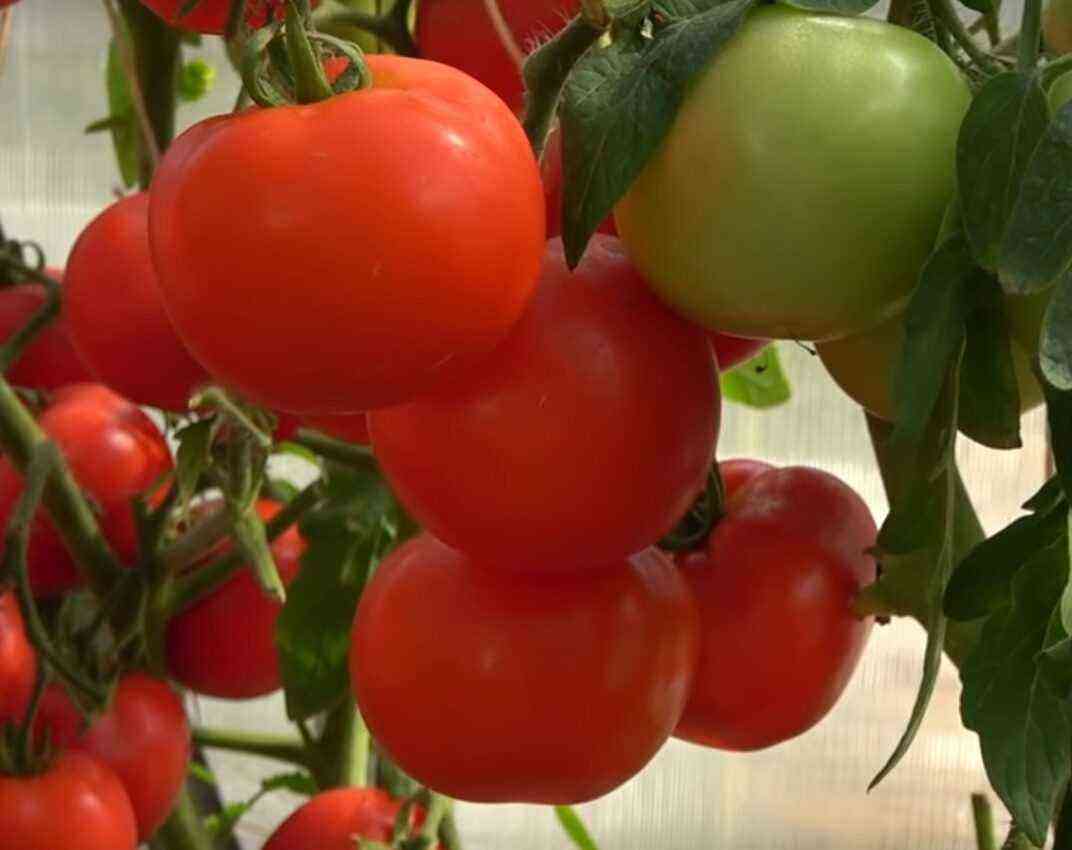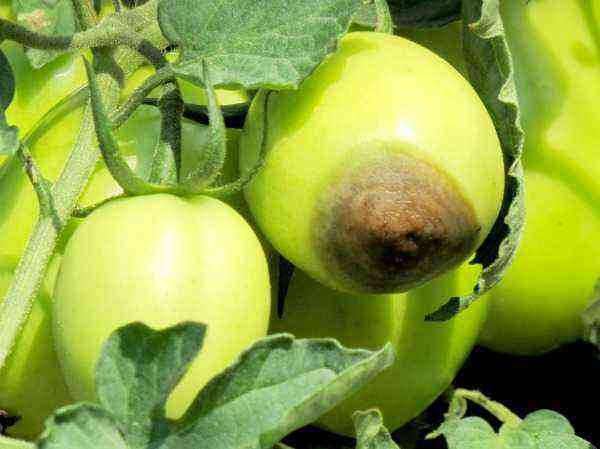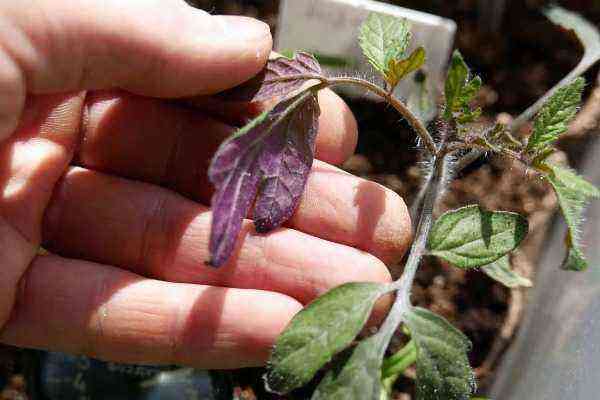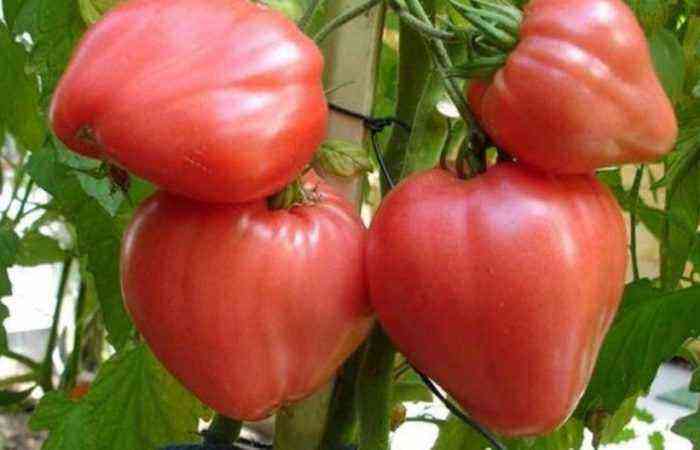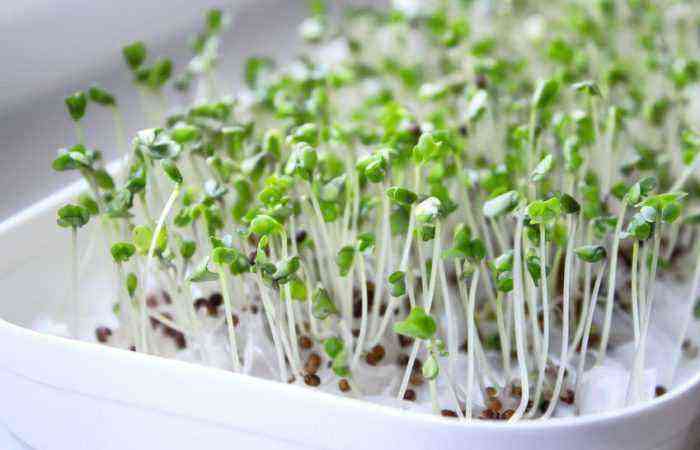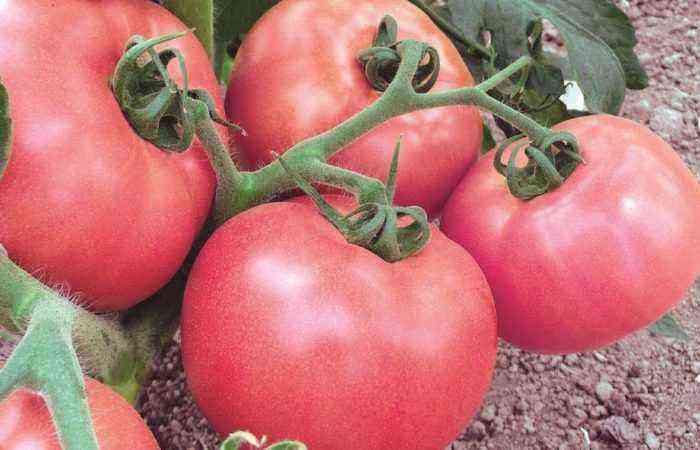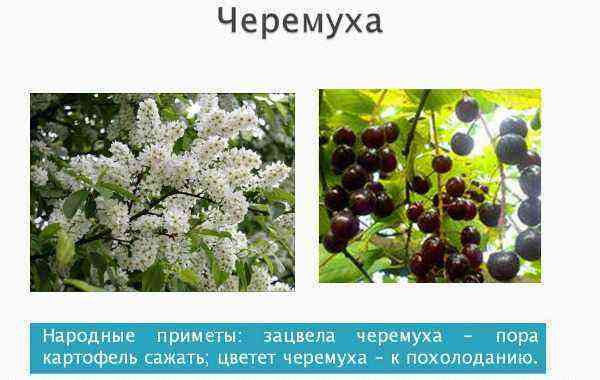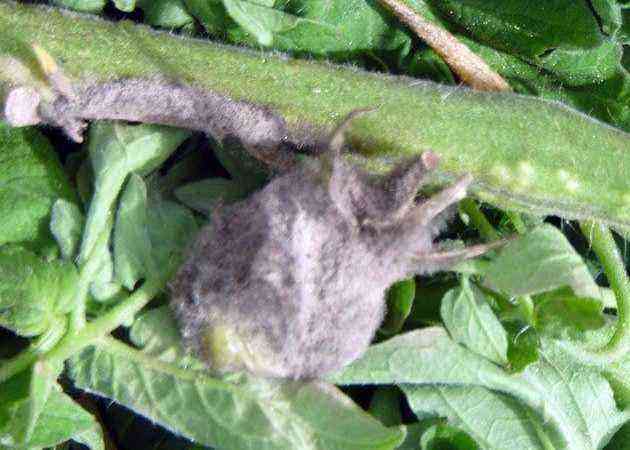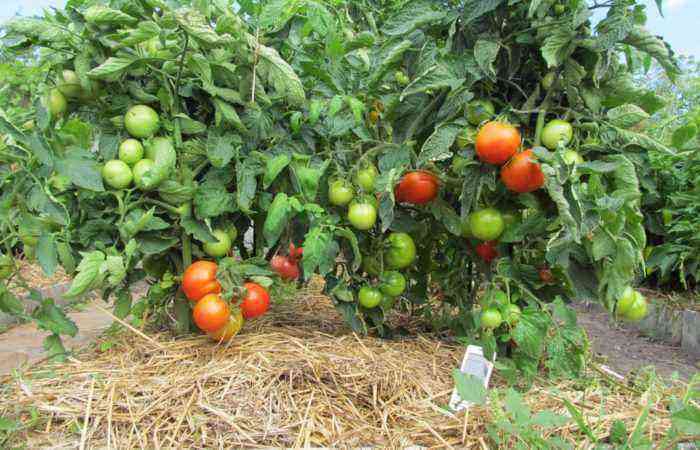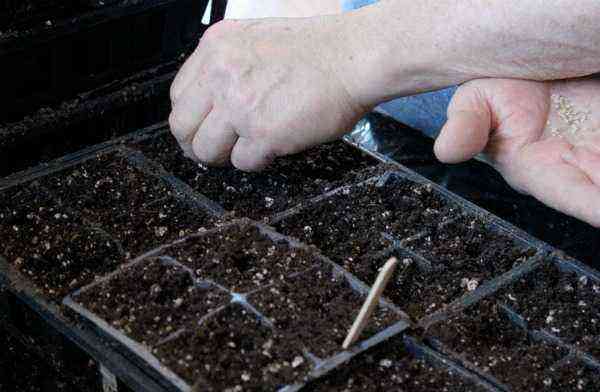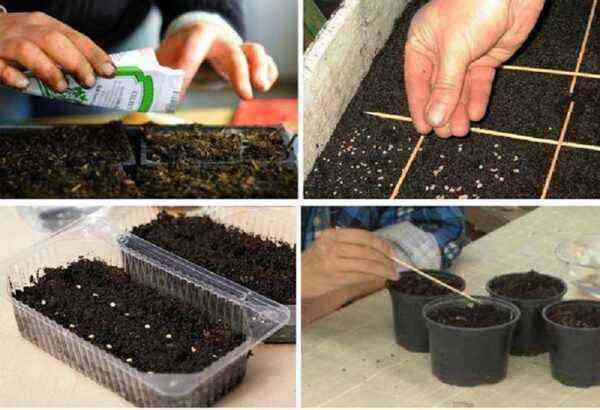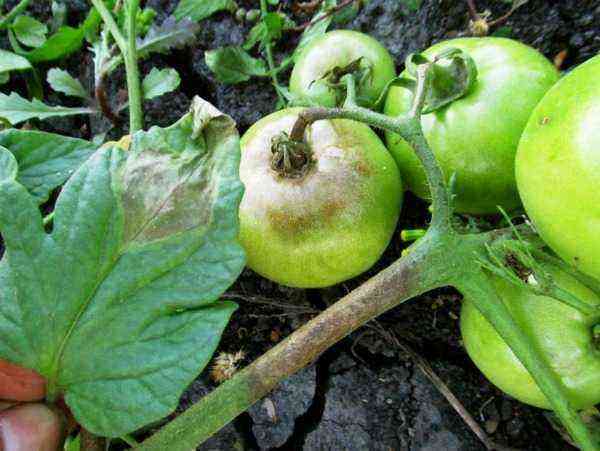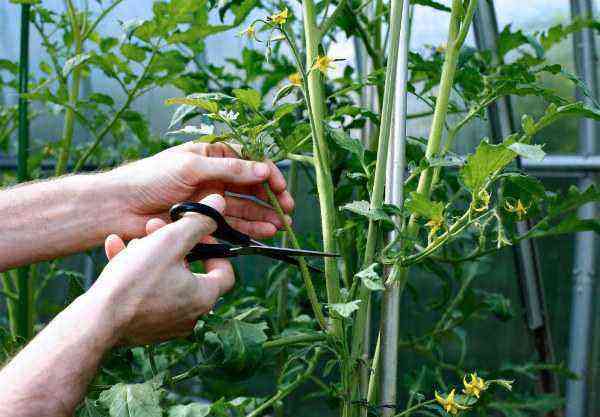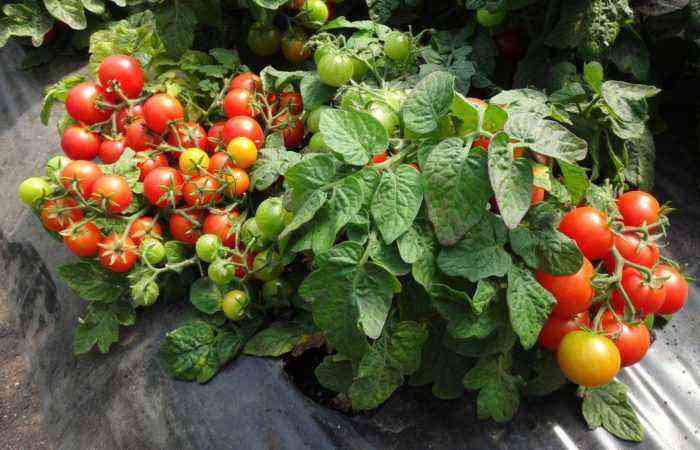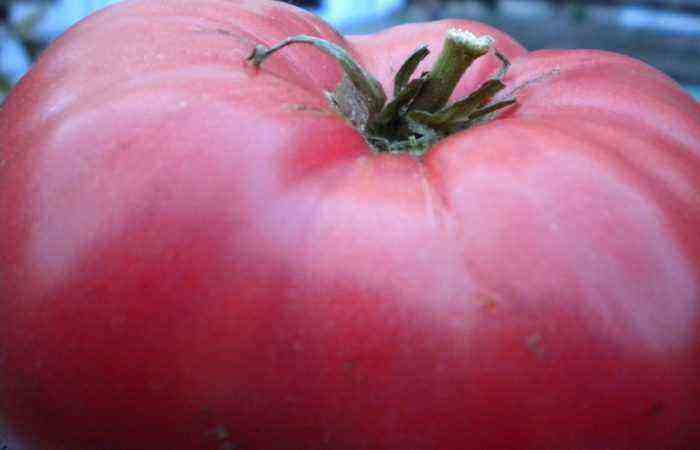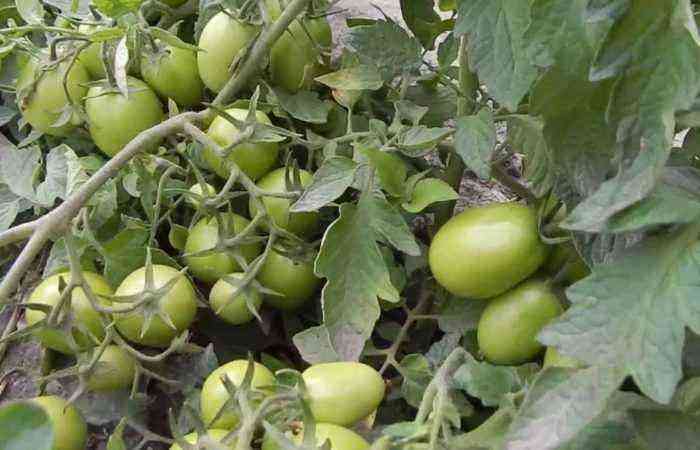The goal of each grower is to get the maximum yield of tomatoes from his plot. To do this, during the season they are provided with the necessary nutrients. Often summer residents use ready-made mineral fertilizers.
But the intensity of application and repeated treatment of the soil with mineral fertilizers and pesticides violate the natural biocenosis of the soil. Nitrates accumulate in the fruits of tomatoes, they become low in sugars and bioactive substances. Ammonia will help reduce the use of nitrate fertilizers for tomatoes.
What is useful ammonia for tomatoes
Ammonia is an aqueous solution (10%) of ammonium hydroxide. It is a colorless transparent liquid with a pungent and unpleasant odor. The use of ammonia for tomatoes is the nitrogen content in it.
Nitrogen plays a leading role in increasing the yield of tomatoes. Despite the huge content of nitrogen in the atmosphere, plants cannot absorb it in this form (molecular). The supply of nitrogen to the crop depends entirely on the application of organic and mineral fertilizers.
Nitrogen is the building material of proteins, nucleic acids, amino acids and other compounds in plants. Without it, the life of any plant organism is impossible. Therefore, a lack of nitrogen is manifested by a decrease in the content of green pigments, slowing down or stopping the development of a vegetable crop. Pronounced nitrogen starvation leads to a significant loss of yield, even with therapeutic measures taken.
The advantage of ammonia as a source of nitrogen is the easily digestible form of the mineral. For example, nitrate nitrogen (nitrate) after entering plants goes through a complex path of reduction to the state of ammonia. Ammonia nitrogen (ammonia) is immediately included in the metabolic process of plants and does not accumulate in fruits in the form of nitrates.
After feeding with ammonia, the growth and development of tomatoes are accelerated. Plants form strong stems and leaves of a rich green color, the formation and development of fruiting organs improves. The harvest is plentiful, the fruits are larger and better.
Another benefit of ammonia for tomatoes is a pungent and unpleasant odor. It repels aphids, bears and wireworms. Therefore, such top dressing of tomatoes with nitrogen simultaneously protects plants from pests.
How effective is ammonia
In addition to nitrogen, there is nothing else useful for tomatoes in ammonia. Therefore, in order to understand how practical and effective its use is, you need to compare how much nitrogen is contained in the working solutions of other fertilizers.
The safe for plants concentration of active substances diluted in 10 liters of water is taken into account:
- 2 tbsp. l. 10% ammonia – 1,2 g of nitrogen;
- 30 g of ammonium nitrate – 9 g of nitrogen;
- 30 g of urea – 14 g of nitrogen;
- any organomineral fertilizer (15:7:7) – 3 g of nitrogen.
It turns out that ammonia contains less nitrogen in relation to other fertilizers. Therefore, the stimulation of growth and fruiting of tomatoes will be less pronounced than with the use of other fertilizers.
But undoubtedly, there are benefits for tomatoes, and most importantly, environmental safety for the soil and human health.
When should and should not be used ammonia
Fertilizing with nitrogen is carried out with caution. Deficiency and excess of the mineral are equally undesirable for tomatoes.
Signs of nitrogen deficiency:
- yellowing and falling of the lower leaves;
- shredding of leaves on the whole plant, their acquisition of a light green color;
- the formation of red-bluish veins on the underside of the leaf;
- thinning, and in some cases yellowing of the stems;
- lag (stop) in the growth of plants;
- thinning and weakening of the roots;
- a small number of flowers or a complete lack of flowering.
Lack of nitrogen reduces the number of fruits. Plants have reduced immunity. They wither at any temperature fluctuations, are easily affected by pests and diseases.
An excess of nitrogen can be judged by unnatural dark green tops and leaves, excessive thickening of the stem, rapid growth of stepchildren, delayed flowering and fruiting. It is impossible to feed such plants with ammonia.
If you do not remove excess nitrogen, then the leaves twist, and dark yellow spots appear between their veins, but the branching and growth of the stems intensifies. The problem is eliminated by flushing the soil with water.
In the video you can see how tomato seedlings grow after watering with top dressing from an ammonia solution.
How to feed tomatoes with ammonia
Tomatoes are distinguished by an extended period of removal of mineral fertilizers from the soil. The main application of nitrogen for the needs of tomatoes is done during soil preparation. Then apply granular fertilizers.
Ammonia is used for additional top dressing. The first time is fertilized 2-3 weeks after planting the seedlings, the second time – during the formation of the second inflorescence (after about 14 days).
More fertilization is not recommended. An exception is signs of a lack of nitrogen on plants. In this case, the plants are fed up to 5 times with an interval of 5-7 days.
Top dressing of tomato seedlings
Seedling fertilizer is carried out in the unfolding phase 4 of this leaf. For this, 1 tsp. 10% ammonia is diluted in 1 liter of irrigation water. The solution is applied under the root. For one plant, 3-4 tbsp is enough. l.
Root dressing
The maximum safe dose of 10% ammonia is 2 tbsp. l., diluted in 10 liters of water. Among gardeners, you can find recommendations on the use of more concentrated solutions. It’s not worth the risk: ammonia can cause severe burns to plants, leaving them completely without a crop.
Top dressing is better to start with 1 tbsp. l. for 10 liters of water. If everything is normal, subsequent top dressing is carried out with a full dose of ammonia – 2 tbsp. l.
To prepare a working solution 1-2 tbsp. l. (10%) or 0,5-1 tbsp. l. (25%) ammonia is diluted in 10 liters of irrigation water.
The solution is applied after watering to the near-stem circle at a distance of 5-7 cm from the trunk at the rate of 1 liter per plant.
Foliar top dressing
In terms of efficiency, it does not differ from the root one. But any chemical elements introduced into the leaves can bind and hold the products of photosynthesis at the place of their formation.
This process is typical for the first half of the growing season, when synthetic processes predominate in the plant. Therefore, foliar fertilization is best done during the second feeding, when hydrolysis dominates in the plant.
To do this, dilute 1-2 tbsp. l. ammonia in 10 liters of water.
Spray the plants from a watering can so that the drops are large. The spray gun sprays the solution strongly, most of the ammonia simply disappears.
Processing is carried out in the morning or in the evening after a recession or dew formation. The weather should be overcast but dry.
Pest control
Since ammonia (and with it the pungent odor) quickly disappears, soap is added to the pest control solution. It promotes the adhesion of the composition to the stems and leaves.
In a small container, dissolve 40 g of laundry soap and pour into 10 liters of warm water. Then add 2 tbsp. l. 10% ammonia. The mixture is sprayed with plants and the near-stem circle.
A solution is prepared: ammonia (2 tablespoons) is diluted in 10 liters of water. The planting holes and the soil around them are abundantly shed with the composition.
Compatibility with other fertilizers
Nitrogen in ammonia form is not compatible with all fertilizers. It must not be mixed with alkaline substances – this leads to a loss of nitrogen.
Alkaline fertilizers:
- ash;
- limestone;
- thomasslag;
- dolomite flour;
- phosphate rock;
- carbonic lime.
It is impossible to make ammonia nitrogen and superphosphate at the same time. Sulfuric acid displaces nitrogen.
When foliar feeding, you should not add other components to ammonia. This can lead to precipitation in the form of insoluble salts.
Ammonia as a fertilizer is a folk remedy, it is not well understood. In order to avoid the formation of unnecessary compounds, top dressing with it is best done at intervals of 2-3 days from other fertilizers.
Each gardener, based on experience, selects his own fertilizers for tomatoes. But the optimal intake of all the necessary minerals without compromising the quality of the fruit can only be achieved by an integrated approach. To do this, combine organic and mineral fertilizers. Ammonium chloride is good for additional top dressing, after a thorough introduction of nitrogen into the soil before planting tomatoes.
